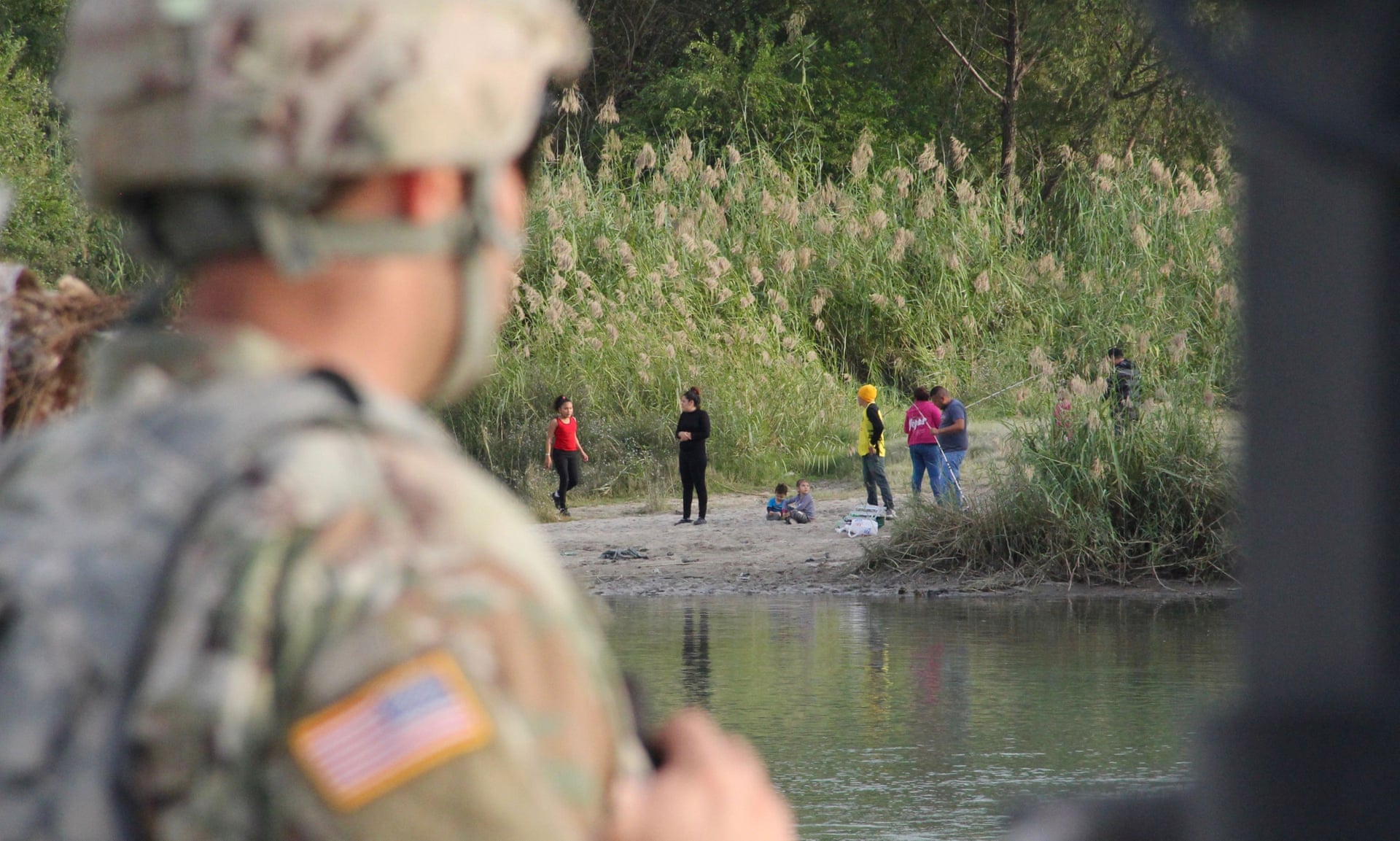Despite the political rhetoric, there is, of course, no legitimate crisis at the U.S.-Mexico border, just the endless task of policing the international border. There is, however, a crisis in leadership as President Donald J. Trump continues to dig in. But to be completely fair, there is also a lack of leadership on the other side of the aisle, where Democrats seem unable to shape their own cohesive border security message.
As social scientists who have spent many years analyzing immigration and border security issues while living on the Mexico border, we want to emphasize the facts with regards both to the wall and the much more important issue of comprehensive immigration reform.
Our purpose is not to argue a 2,000-mile concrete wall won’t work – others have enumerated the reasons – but to highlight the fact that both sides agree that our immigration system is broken, but neither seems headed in a productive direction.
A consideration of the past suggests what’s ahead and what may need to be done.
History of Immigration Legislation
The last time a U.S. president passed comprehensive legislation on immigration was in 1986 when Ronald Reagan signed the Immigration Reform and Control Act (IRCA).
Among other things, IRCA legalized undocumented workers who had been residing in the U.S. since 1982, required employers to hire only workers who were legal, and made it illegal to recruit undocumented immigrants. No new illegal workers were to be allowed in. IRCA never worked very well, and both political parties failed to achieve their bipartisan objectives.


Twenty years later, under President George W. Bush, Congress again passed new legislation, the Secure Fence Act of 2006, with bipartisan support. About 650 miles of border wall was constructed along with hundreds of miles of secondary fencing based upon the recommendations of Customs and Border Protection.
A lesser known, but ill-fated attempt to provide additional border security was the Secure Border Initiative Network (SBI-net), a system of cameras, sensors, towers, mobile units, satellite phones, and computers managed by Boeing. The program was plagued with procurement issues that led to technical problems, such as equipment ill-suited to the harsh Southwest climate.
Innovative Technologies at Border
Since SBI-net, a variety of innovative technologies now span the 2,000-mile border. These include towers with cameras, mobile surveillance units, special blimps called aerostats, and even drones.
While this equipment holds great promise for monitoring the border, some have questioned the cost-efficiency of using certain high-tech fixes. Other technologies like Customs and Border Protection’s rebooted attempt to build camera towers show some promise.
Congressional allocations have brought on line an array of technological surveillance which has vastly improved its ability to limit illegal entry, drug trafficking, and potential terrorists (although, despite Trump’s assertions to the contrary, terrorism has never been a serious border issue). Increasing the border patrol to approximately 20,000 agents has also contributed to border control.
In 2013, during Barack Obama’s last term, there was another serious attempt to increase border security, but also to address other vital aspects of immigration reform. The Senate passed an immigration reform bill in that year, but it never reached a vote in the House.
Border Wall
In the federal budgets of 2017 and 2018, Congress provided an additional $1.6 billion primarily for completion of wall projects agreed to in 2006 along with upgrades to the existing wall and additional fencing. To date, approximately 40 percent (roughly $640 million) of these recent funds remain uncommitted or unspent by Trump’s administration.
The 650-mile wall, supplemental fencing, advanced surveillance technology and, most assuredly, the increase of agents patrolling the border have proved highly effective in limiting illegal entry.
A 2017 report from the non-partisan think-tank Center for Migration Studies summarizes this point: “unauthorized migration across the southern border has plummeted, with successful illegal entries falling from roughly 1.8 million in 2000 to just 200,000 by 2015. Border enforcement has been a significant reason for the decline …”
But beefing up security has come with a high human cost: in the years since enforcement resources have been built up, thousands of undocumented migrants have died trying to cross more remote and less-patrolled parts of the border. And most illegal drugs, which enter through ports of entry, not over or under the wall, remain a significant problem.
Immigration Reform
Based on our research of the facts, the next logical step to improve border security requires immigration reform.
Both Democrats and Republicans, including President Trump on any given day, agree in principle that immigration reform is desirable and necessary.
We call upon both Republican and Democratic leadership to seize this opportunity to seriously negotiate a variety of problematic areas never resolved by legislation in 1986. Such negotiations should not be held secretly behind closed doors, but be a part of a national debate.
President Trump, House Speaker Nancy Pelosi, and Senate Minority Leader Chuck Schumer should reposition themselves and reach an agreement on at least one border issue they can mutually support. We urge them to demonstrate their leadership skills.
There are a number of bipartisan issues to choose from. For example, a closer examination of full staffing of immigration courts, oversight of our detention centers, the intertwining roles of local, state, and federal law enforcement, improved border patrol contract management procedures, the laws governing family separation, the Deferred Action for Childhood Arrivals (DACA), an overhaul of our Visa system, E-Verify, and much more.
That bipartisan legislation, then approved by the House and the Senate and signed off on by the president, can serve as a preliminary foundation, an incremental step, upon which each party can reboot.
It is at this point, if not before, that we hope Senate Majority Leader Mitch McConnell steps back into the political picture to help restart the kind of bipartisan deal-making for which he has long been known.
Bipartisan comprehensive immigration legislation is the only genuine way out of the morass of our pretend border crisis. Without doubt the United States faces many crucial issues and crises at this particular point in its history. Comprehensive immigration reform does not have to be one of them.

